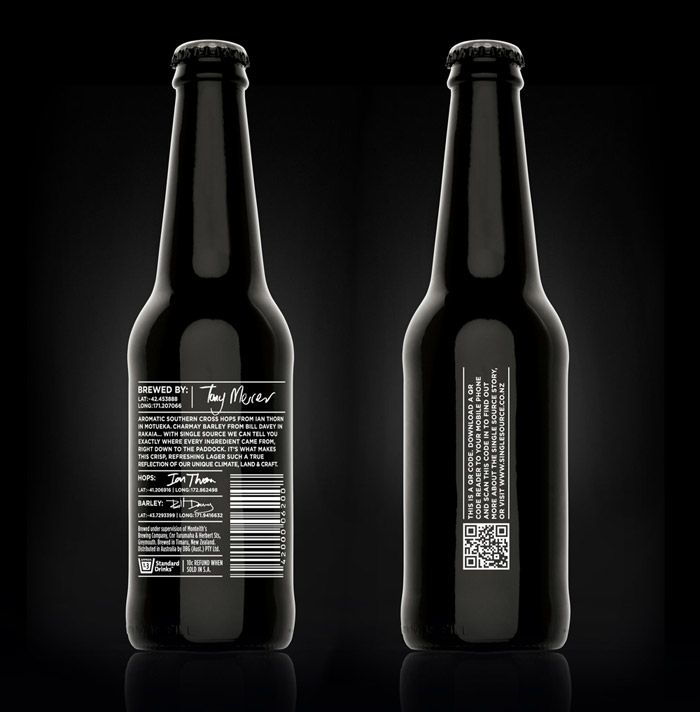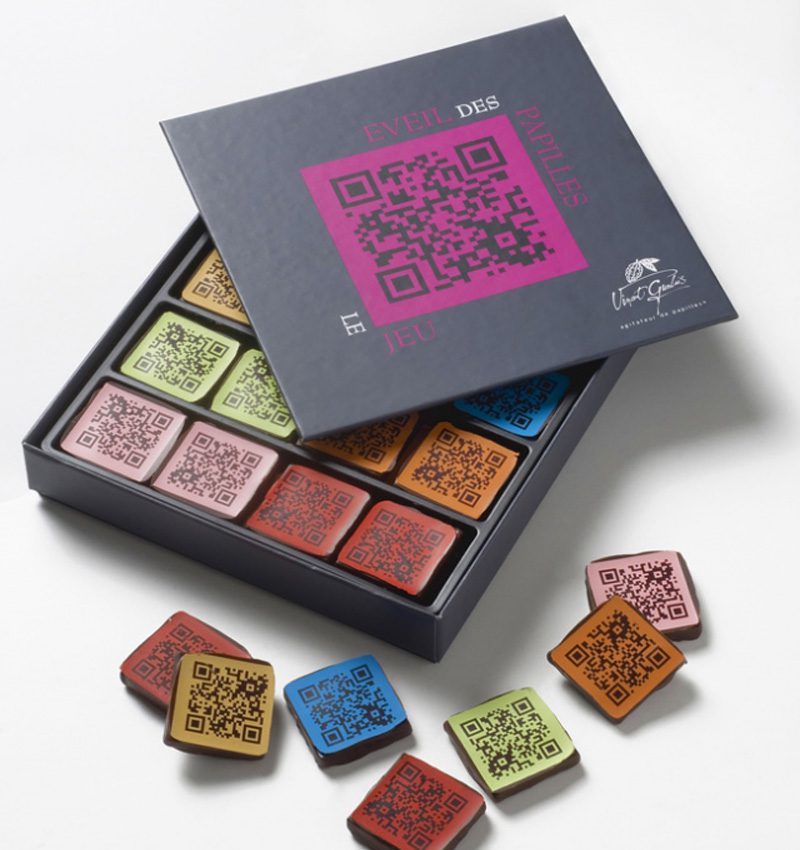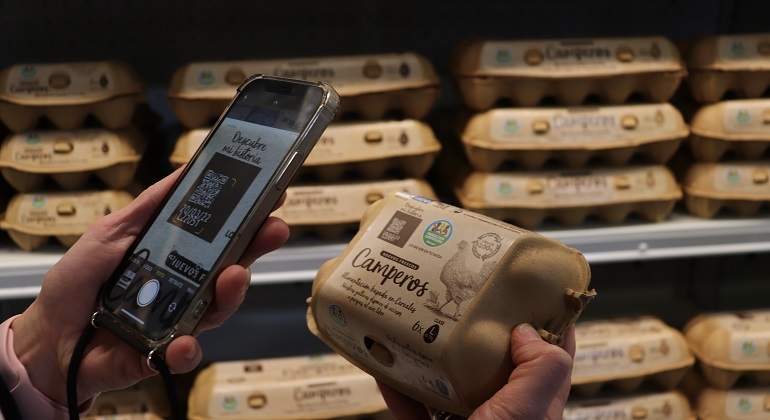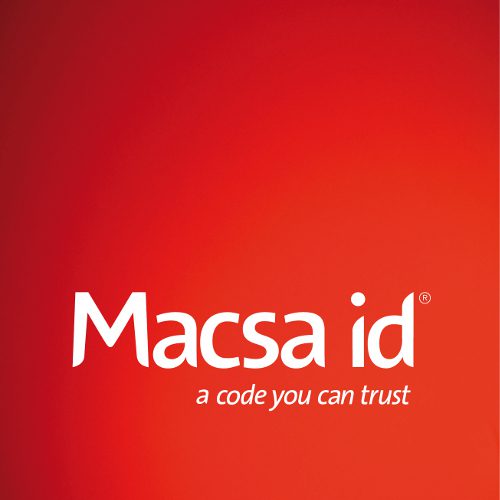QR codes are revolutionising the way we interact with our shoppers – and this is only the beginning.
Are QR codes changing the rules of the game for industry and packaging? Definitely. They are transforming the B2C market by bringing brands even closer to consumers and giving them the importance they deserve. They are a quick and secure way to offer information to consumers and, most importantly, interact with them at the point of sale, the place where the purchase is decided.
This Macsa id article explains how these codes are impacting the industry and future market prospects.
TABLE OF CONTENTS
- QR codes and Smart Packaging
- Competitive advantages
- Success stories
- “QR code revolution” webinar, Part II
- Macsa id solutions
- Conclusions
1. QR codes and Smart Packaging
Smart packaging is able to interact with its environment from the packaging itself. Advances in digital technologies and advanced manufacturing in new materials and processes have led to an unprecedented development of this innovation vector towards new horizons. The main application in much smart packaging is QR codes.

Single Source Beer has a QR code that contains details of its manufacture and source.
These are some of the main functionalities and features of these two types of packaging applying QR.
-
- Ability to communicate information to the exterior.
- Expanded indication and diagnosis functionalities.
- Automation process enabler.
- Ability to connect with the customer.
- Product status monitoring and reporting.
Smart packaging technologies offer notable growth prospects for the coming years, mainly led by technological developments in the USA and the exponential growth of the Asian market. Other markets, such as Europe, provide solid but more modest growth prospects.
2. Competitive advantages
The application of ‘smart’ improvements to containers and packaging allows companies and brands to achieve new competitive goals and features, providing added value to their organisations.
Smart packaging is notable not so much for the technologies it uses but for the advantages it provides; among which are the following:
-
- Product quality control
- Predictive planning
- Improved authentication and anti-fraud systems
- Brand transparency
- Consumer empowerment
- Improved relevance and shopping experience
3. Success stories
a. INTERACTION

Sweet Play chocolates
Sweet Play chocolates, designed by Vincent Guerlais, have QR codes printed on their upper side. This is more than just a box of 24 pieces – it is also a very simple game for up to 4 players. Each of the 4 players has 6 chocolates, each with a different colour (and flavour). The game consists of following the clues based on the QR codes that the master chocolatier, Vincent Guerlais, provides via their mobile phones.
b. TRACEABILITY

Alcampo eggs – The pack contains a QR code with all the information about the eggs.
Via a radical commitment to food traceability, Alcampo has introduced blockchain technology in its free-range eggs to reinforce the credibility of the product: by allowing all the steps that the product has taken from its origin until it ends up in the hands of the customer to be traced.
By scanning the QR code available on the packaging, you can access information about the egg production type and farm location, as well as details about the hen – such as age and information on the feed it received – the type of egg by size and its collection, packaging, shipping and best before date; there is also information on harvesting and packaging.
4. “QR code revolution: traceability and interaction with consumers”, Webinar Part II
We held a webinar “QR code revolution: traceability and interaction with consumers”, Part II on July 11. This was a unique opportunity to get up to date with the latest trends in connected packaging and learn about the market prospects of this technology and its future impact on the industry.
Alex González, Market Analyst at Packaging Cluster, shared his knowledge about Smart Packaging, its functionalities, features, market prospects and some success stories from well-known companies applying this technology.
Elena Campdelacreu, Head of Standards Implementation at GS1, presented a report “The future of the barcode at the point of sale, the evolution to 2D”.
If you want to watch this webinar again or you missed any of the speakers, you can see a video recording of this event in full:
“QR code revolution: traceability and interaction with consumers”, Webinar Part II
5. Macsa id solutions
Macsa id offers a wide range of technological solutions for marking and coding all types of materials (e.g. paper, cardboard, glass, plastic, food film and cans) or directly on the product itself (such as with fruit and vegetables), from sectors as different as: food, beverages, pharmaceuticals, cosmetics, automobiles and construction materials, among others.
Macsa id equipment and solutions work using food chain software, which helps guarantee safety for consumers via effective control of food traceability.
The objective is to offer robust, reliable solutions with high quality marking, cleanliness, safety and low maintenance costs at all times.
With Macsa id equipment, your company will have all the tools to interact with its consumers by incorporating QR codes to improve the performance of its production lines.
High quality markings from Macsa id on different substrates
6. Conclusions
QR codes are a natural development and trend in automation and digitalisation processes, as well as those representing technological leaps, when compared to industrial manufacturing processes (Industry 4.0).
As smart industrial and distribution systems are developed, requiring the construction of data systems that enable more and better decisions to be made (predictive and in real time), packaging will take on greater relevance as an essential vector for this.
For more information about this laser coding, please feel free to contact us.



